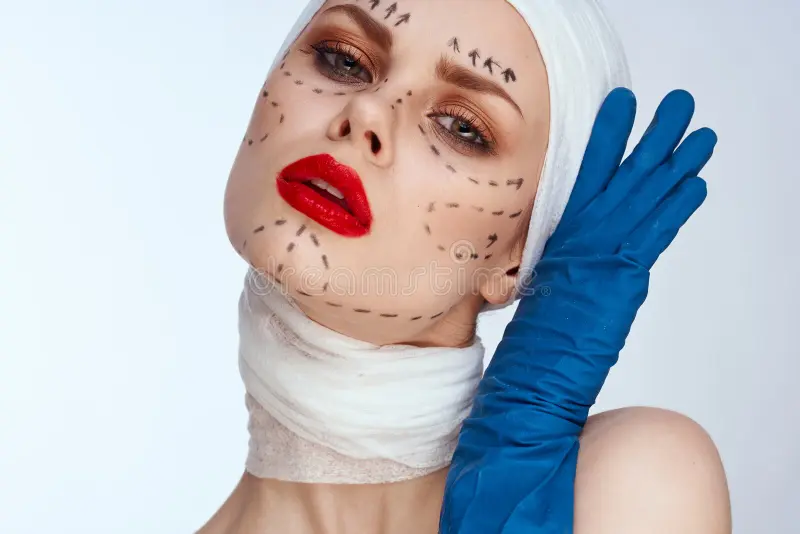
In a world obsessed with youth and perfection, cosmetic procedures have become more than just an occasional enhancement—they have become a way of life for many. What was once reserved for celebrities and the elite is now accessible to the general public, fueling a growing culture of continuous cosmetic work. From Botox and fillers to surgical facelifts and body sculpting, the pursuit of physical perfection is no longer a luxury but a routine. But at what cost?
The Rise of Cosmetic Procedure Culture
Over the past decade, the normalization of cosmetic procedures has skyrocketed, largely influenced by social media, celebrity culture, and advances in medical aesthetics. Platforms like Instagram and TikTok promote a filtered version of reality, encouraging people to seek treatments that align their real-life appearance with their digital personas. What begins as a minor tweak—perhaps a little lip filler or a subtle Botox injection—often turns into a regular habit, leading to an endless cycle of modifications.
The beauty industry has capitalized on this demand, making procedures more accessible and affordable than ever. Non-invasive treatments like laser therapy, skin tightening, and injectables require minimal downtime, allowing individuals to maintain their enhanced looks with little interruption to their daily lives. For many, these enhancements start as a confidence boost but can quickly spiral into an addiction to perfection.
The Psychological Toll of Cosmetic Dependency
While cosmetic procedures can improve self-esteem, they can also have the opposite effect when pursued excessively. Many individuals develop body dysmorphic tendencies, where they become fixated on perceived flaws, no matter how minor. Instead of feeling satisfied after a procedure, they find new imperfections to correct, leading to a never-ending cycle of treatments.
This phenomenon is exacerbated by societal pressure to conform to ever-changing beauty standards. Aging, once considered a natural process, is now seen as something to be fought at all costs. People are no longer just enhancing their features—they are trying to defy time itself. As a result, they become trapped in an expensive and emotionally taxing pursuit of youth and flawlessness.
The Financial and Physical Costs of the Beauty Trap
Aside from the emotional toll, the financial burden of maintaining a cosmetic lifestyle can be staggering. Routine Botox injections, filler touch-ups, and laser treatments add up to thousands of dollars annually. Surgical procedures come with even higher price tags, sometimes leading individuals into debt in their pursuit of beauty.
Moreover, repeated procedures can have long-term physical consequences. Overuse of fillers can distort facial features, excessive surgeries can lead to complications, and some treatments may have unforeseen side effects. While many procedures promise reversibility, the reality is that constant alterations can leave lasting impacts on both appearance and health.
Breaking Free from the Beauty Trap
Recognizing the fine line between self-improvement and obsession is crucial. Cosmetic procedures can be empowering when done in moderation and for the right reasons. However, when beauty enhancements become a lifestyle rather than an occasional choice, it’s essential to reassess motivations. Seeking validation from within, rather than from external appearances, is the key to true confidence.
As society continues to redefine beauty, the real challenge is learning to embrace oneself—flaws and all—before falling into the never-ending cycle of cosmetic perfection.